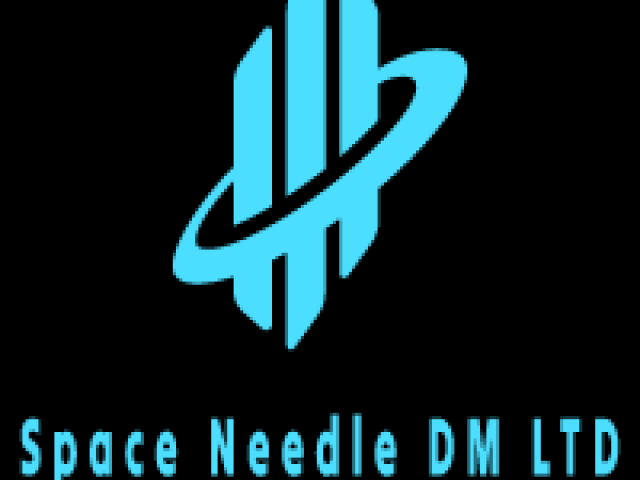
Scanning tunneling microscopes are a pivotal part of modern nanotechnological research and semiconductor manufacturing. Their operation is costly and time consuming, our firm aims to reduce that - as in high-end research, a scientist’s time is one of the most valuable resources.
Scanning Tunneling Microscopes use an atomically sharp tip very close to the surface of an electric conductor. A serious drawback of the setup is the fragility of the tip – being so sharp, even a minimal contact with the surface will degrade it, and the imaging. In high end research environments, the lifetime of the tips may be as low as a few hours, but considering the difficulty of their production, their price is high. Constantly changing them is not economical.
The main feature of our product is a reaction-wheel based stabilizer that will be connected to these tips. These are employed by various satellites for attitude control, and are tested under the extreme demands of space. This is enabled by the ESA-developed gas bearing connection that minimizes vibration transmissions from the reaction wheel into the device.
Our team members are Dániel Lipovics and Márk Dudás. Dániel is in charge of the research and development of our idea. He is a physicist, with a fresh Master’s Degree from University College London. His main research area is solid state physics, he wrote his thesis on ultra-low thermal conductivity materials. Márk is in charge of management, finance and intellectual property rights at the company. He is a final-year law student at Pázmány Péter Catholic University specializing in the intersection of space law and international private law. Alongside Dániel they won the Hungarian finals of the CASSINI Hackathon, and then reached 3rd place at the European finals. In the autumn of 2023, they also reached a 2nd place at the ESA-Design Terminal Technology Transfer competition, before being admitted to the ESA BIC.